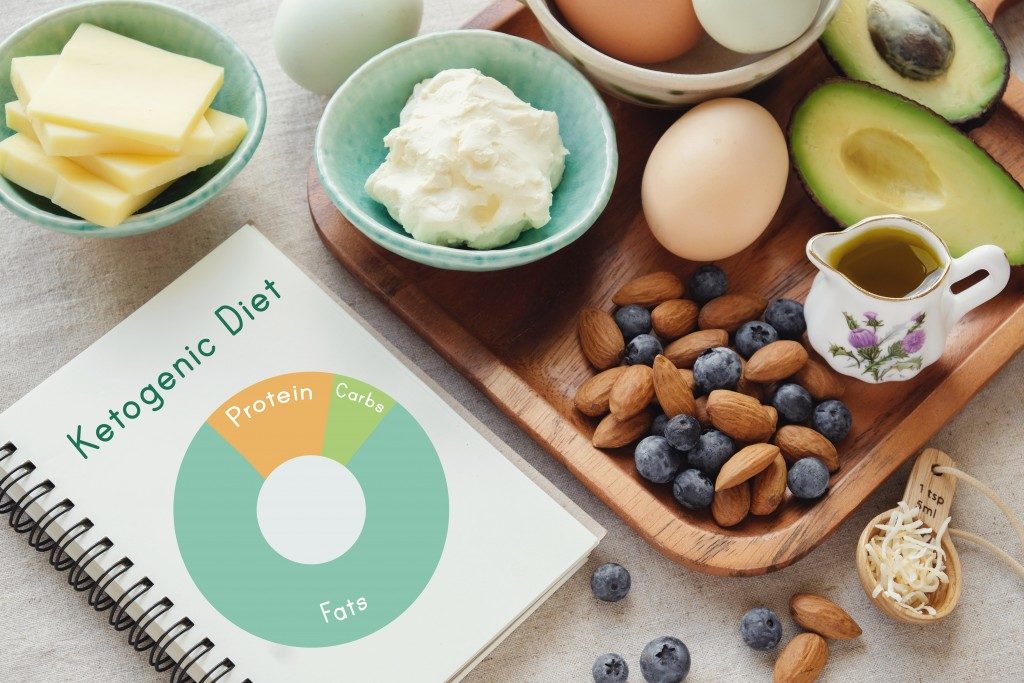People who don’t monitor their intake of cholesterol-rich food, such as meat, dairy, and eggs, risk increasing their low-density lipoprotein (LDL) levels, which is also referred to as bad cholesterol. When you have high LDL levels, the buildup of cholesterol can stick to the walls of your arteries and either narrow or block them. This results in coronary heart disease and other heart problems.
You need to lower your intake of bad cholesterol by asking help from someone who has nutritional therapy qualifications. A nutritional therapist can create a diet plan that you can follow every day. The goal of the therapist is not only to make sure that you’re eating healthily but also to help manage your weight and increase your physical activity daily.
Know Bad and Good Fat
Limit your intake of both total fat and saturated fat. Depending on your daily calorie intake, you should have no more than 25% to 35% of dietary fat, and less than 7% of your total calories should come from saturated fat. For example, your calorie intake is at 1,500 a day. You are only allowed 42 to 58 grams of total fat and 10 grams of saturated fat. For those taking 2,000 calories a day, you should have only 56 to 78 grams of total fat a day and 13 grams of saturated fat.
Saturated fat can be found in meats, dairy products, baked goods, processed food, chocolates, and deep-fried food. Trans fat is in hydrogenated oils and fats such as margarine, French fries, and crackers. You need to look for the good fat found in nuts, lean meat, olive oil, and sunflower oil.
Eat Soluble Fibre-rich Food
Consuming soluble fibre will help lower bad cholesterol in your bloodstream. It is associated with 5% to 10% reduction in total cholesterol and LDL cholesterol. You can see the effect in as little as four weeks. Soluble fibre can be found in citrus fruits, beans, whole grains, legumes, apples, and flax.
To maintain a healthy lifestyle, you might want to consume five to 10 grams of soluble fibre-rich food every day. That’s to manage your cholesterol levels. You can intake as little as three grams a day, and it will still affect reducing risks of heart disease.
Take Fruits and Vegetables

People who eat most fruits and vegetables are 17% less likely to develop heart disease over 10 years than those who don’t consume much. Medical experts agree that people should eat at least four servings of fruits and vegetables a day to lower the LDL levels by 6%. Eating fruits and vegetables will also prevent LDL from oxidizing and clogging your arteries.
Use Herbs and Spices
Herbs and spices are packed with antioxidants, vitamins, and minerals. For example, garlic, ginger, and turmeric are effective at lowering bad cholesterol levels when eaten regularly. Similar to fruits and vegetables, they are also antioxidants, which means that they can prevent the formation of plaques in the arteries.
Listen to your dietitian or nutritional therapist when you want to lower your LDL levels. You will regret not following a healthy lifestyle because of the possible heart disease that you will face in the future.
